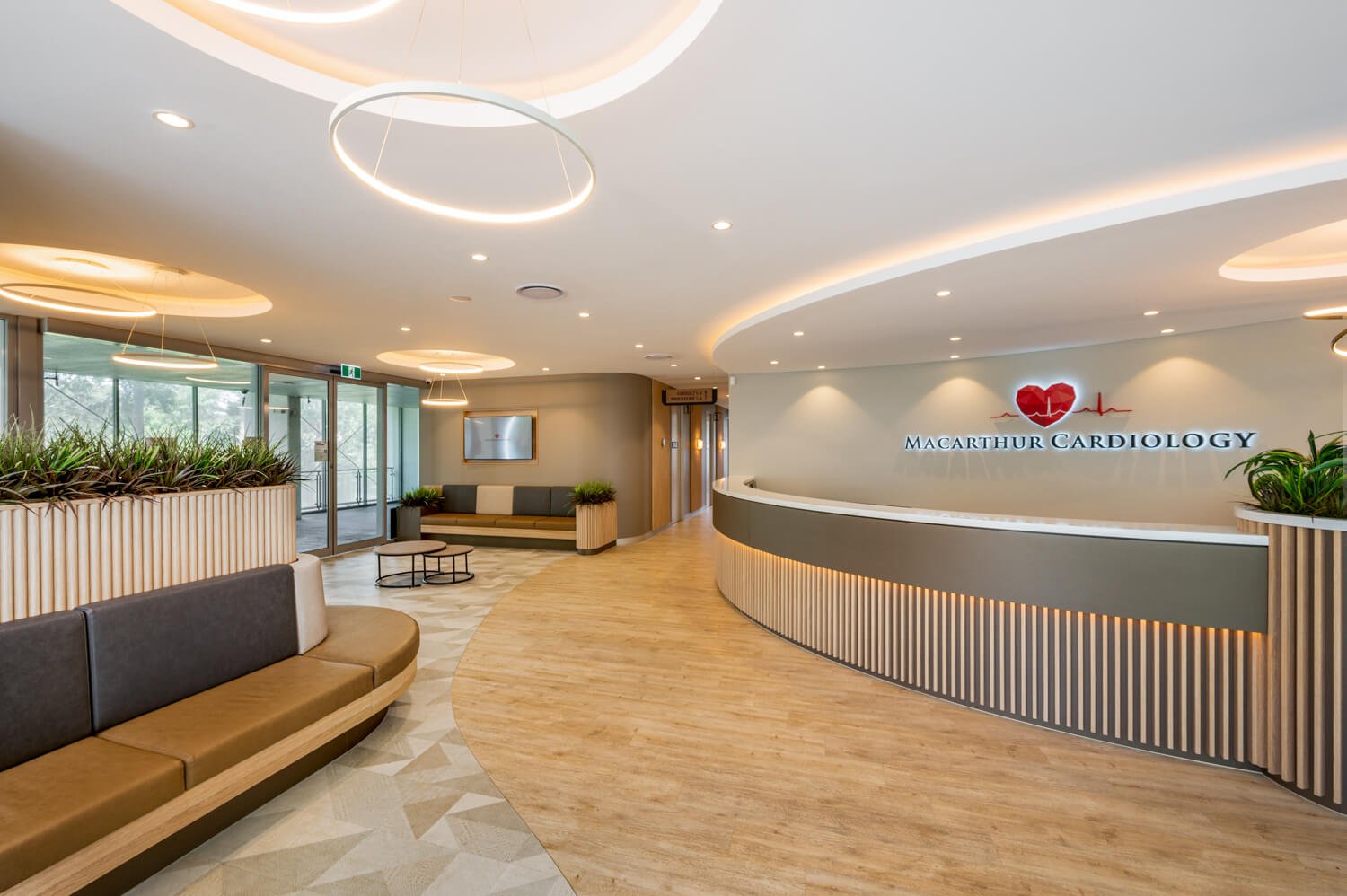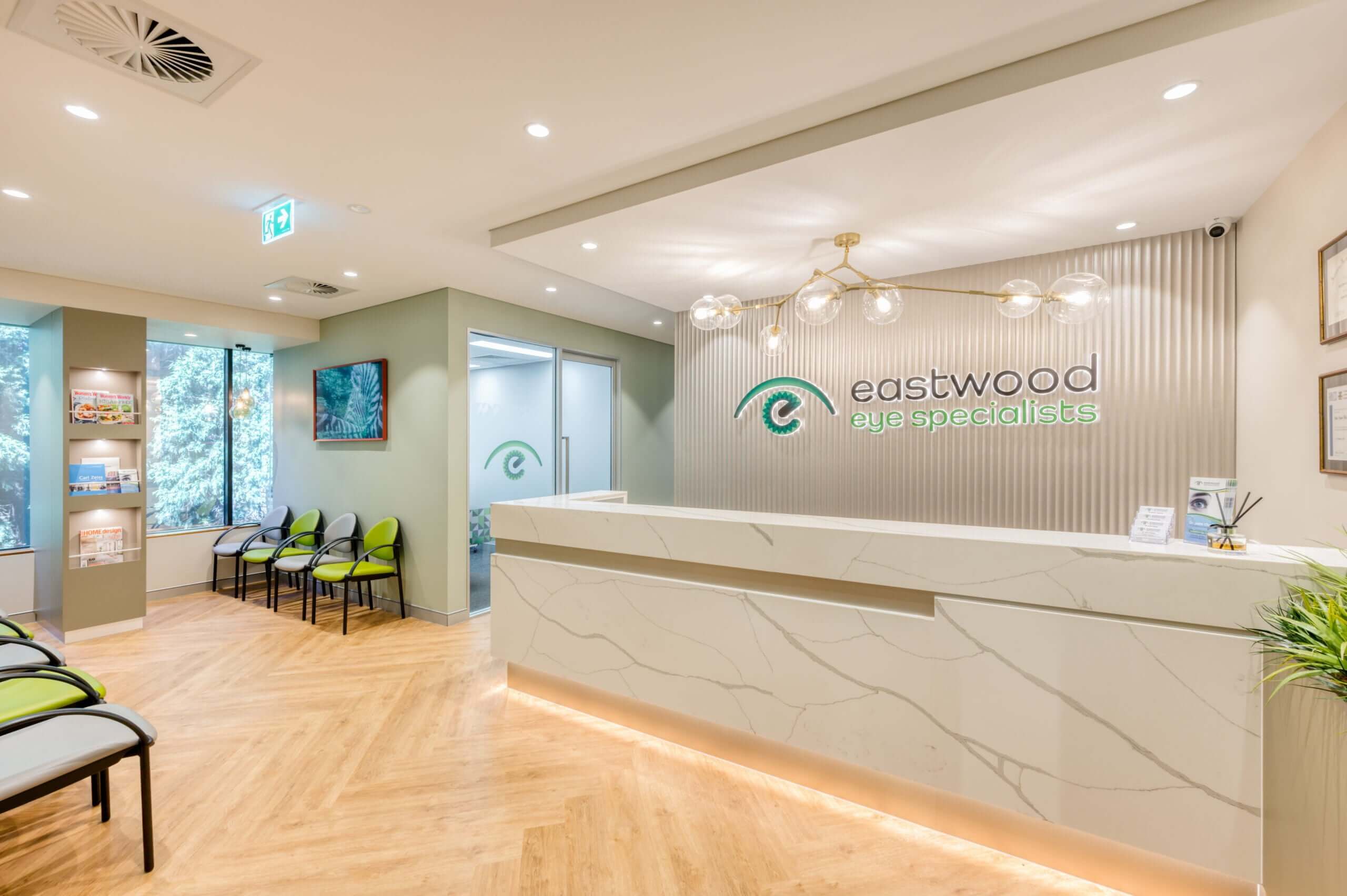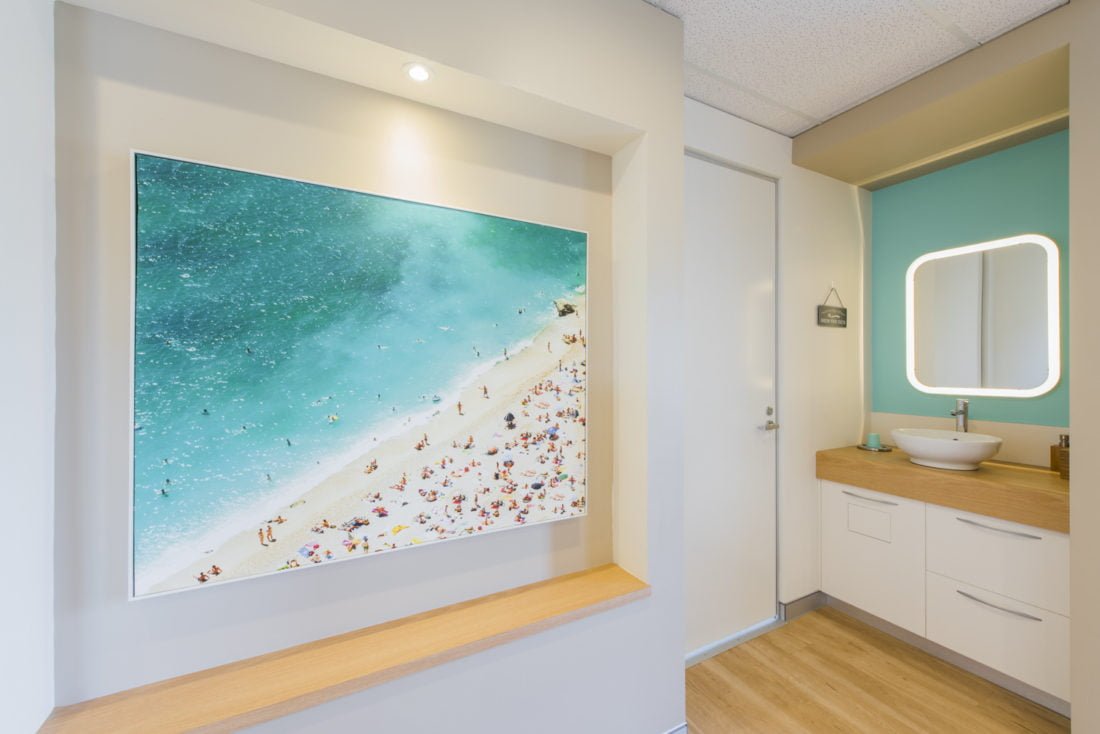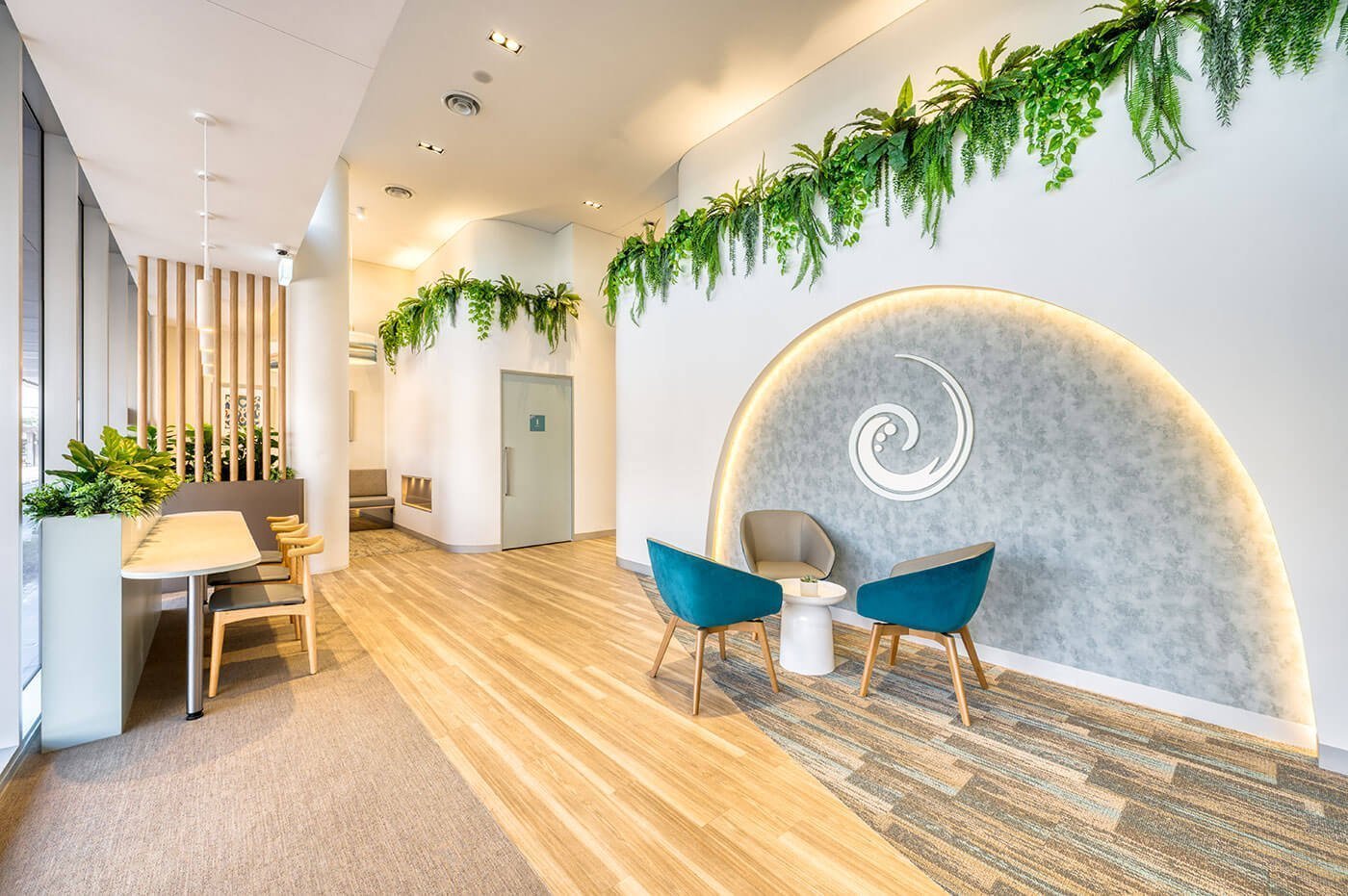In healthcare, the traditional view has often leaned towards clinical and sterile environments – places where the focus is predominantly on medical efficiency rather than patient and staff comfort. Yet, there’s an increasing awareness that the physical ambience of medical practices plays a pivotal role in patient recovery and staff wellbeing.
At Perfect Practice, we’re redefining the essence of healthcare environments through transformative design approaches. With all our clients, we implement innovative strategies that alter medical practices from merely functional spaces to inviting sanctuaries, emphasising human-centred design as a guiding principle.
The power of interior design
Thoughtful interior design can transform a healthcare facility from a clinical, intimidating space into a comforting and healing environment. Colour schemes play a significant role in influencing the atmosphere of a healthcare setting. Soft, calming colours like blues, greens, and soft neutrals can create a serene and soothing environment, reducing anxiety and stress in patients. On the other hand, bright, cheerful colours can be used in children’s areas to create a lively and engaging space.
Lighting is another critical aspect. Natural light is highly beneficial, promoting a sense of wellbeing and aiding in the recovery process. In areas where natural light is not available, artificial lighting – and by extension, the correct colour temperature – is important. For example, soft, warm lighting can create a welcoming atmosphere, while bright, focused light is necessary in examination and treatment areas. For specialists where colour distinction is crucial, such as dermatologists and cosmetic surgeons, the Colour Rendering Index (CRI) may also help to provide an accurate light source that closely matches natural light.
Lastly, the layout of a healthcare space must be intuitive and easy to navigate, reducing stress for patients and improving operational efficiency. Incorporating gentle curves into furnishings and wall designs instead of sharp, angular edges encourages a subtle, soothing and intuitive path. Additionally, clear signage, wide corridors, and an open layout can help patients and visitors move through the space comfortably and safely.
Enhancing the space with art and decor
Calming artwork, such as nature scenes or abstract pieces with soothing colours, can greatly reduce stress and promote a sense of tranquillity. Comfortable seating and decorative elements like plants or soft textiles add warmth, making patients feel more at ease.
When selecting art and decor, consider pieces that resonate with a diverse patient demographic. Art that reflects local culture or landscapes can create a sense of connection.
Creating welcoming reception areas
The reception area, as the first point of contact, sets the tone for a patient’s entire experience in a healthcare setting. To make these spaces more inviting, comfortable seating is key, providing a relaxing waiting experience. Incorporating natural elements like plants or a water feature can create a serene atmosphere. Personalised touches, such as local art or a welcoming colour scheme, also play a significant role.
For example, a clinic with a reception area that features soft, cushioned chairs, a small indoor fountain, and a wall adorned with community artwork immediately makes patients feel at ease.
Increasing personalisation and patient engagement
Personalising the patient experience in medical practices can significantly enhance their satisfaction and engagement. Tailoring the healthcare journey to individual needs and preferences shows patients they are valued and understood, often leading to better health outcomes.
Engaging patients in their healthcare journey can involve strategies like using patient-centred communication, offering customisable treatment options, and involving patients in decision-making processes. Digital tools like patient portals for accessing medical records or scheduling appointments also empower patients.
Incorporating nature and greenery
Exposure to greenery, natural light, and outdoor views can reduce stress, improve mood, and accelerate recovery. Indoor plants, garden spaces, and large windows that allow natural light and provide views of the outdoors can create a healing environment. Skylights and glass walls can also be effective in bringing in natural light and offering a connection with the outside world.
By carefully selecting a colour palette that evokes elements of the natural world – such as earthy tones, deep greens, or sky blues – you can create an environment that feels more organic and calming. These colours can be used sparingly, such as on accent walls or architectural features.
Integrating soundscapes and music
Soundscapes and music play a vital role in creating a calming atmosphere in medical practices. The use of gentle background music, the soothing sound of water features, and other tranquil auditory elements can significantly reduce patient anxiety and enhance the overall ambiance.
When selecting soundscapes, it’s important to choose sounds that are universally calming and unobtrusive. Soft, instrumental music or nature sounds like gentle rain or ocean waves can be relaxing. Avoiding loud or abrupt noises is crucial as they can be startling or disruptive. Incorporating soundscapes can be as simple as having indoor waterfalls or playing soft classical music in waiting areas, which can subtly transform the environment into a more serene space.
Work with us today
Transform your medical practice from just a clinical space to a comfortable sanctuary. Embrace strategies like incorporating soothing colour schemes, comfortable furnishings, and natural elements to make your space more welcoming. Prioritise patient comfort and well-being to create a healing environment.
We invite healthcare providers to explore these approaches and humanise their clinical spaces, enhancing the overall patient experience. Make your clinic more than a medical facility; make it a haven of care and comfort for your patients. Contact us at Perfect Practice today if you’d like to receive expert advice and guidance.







